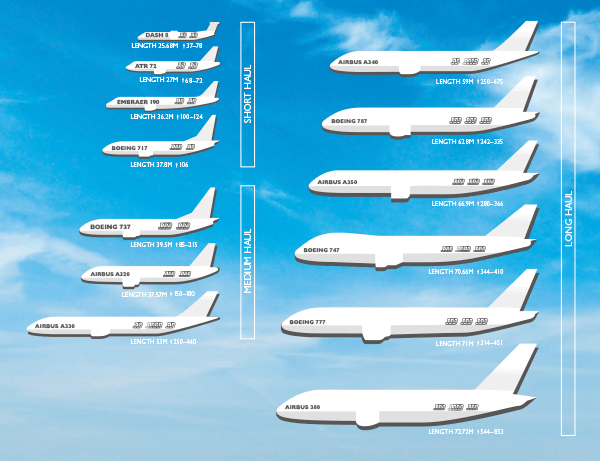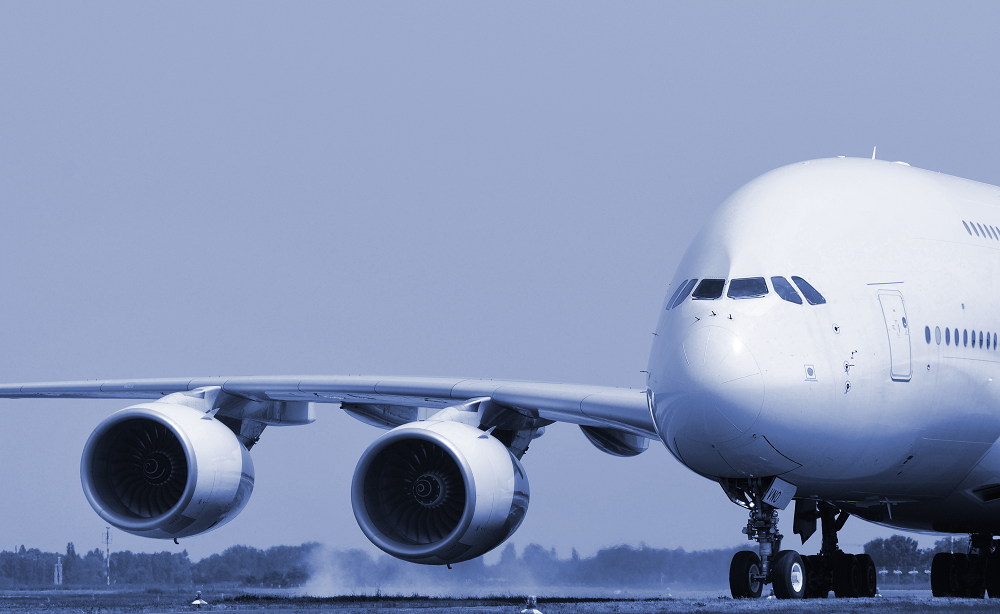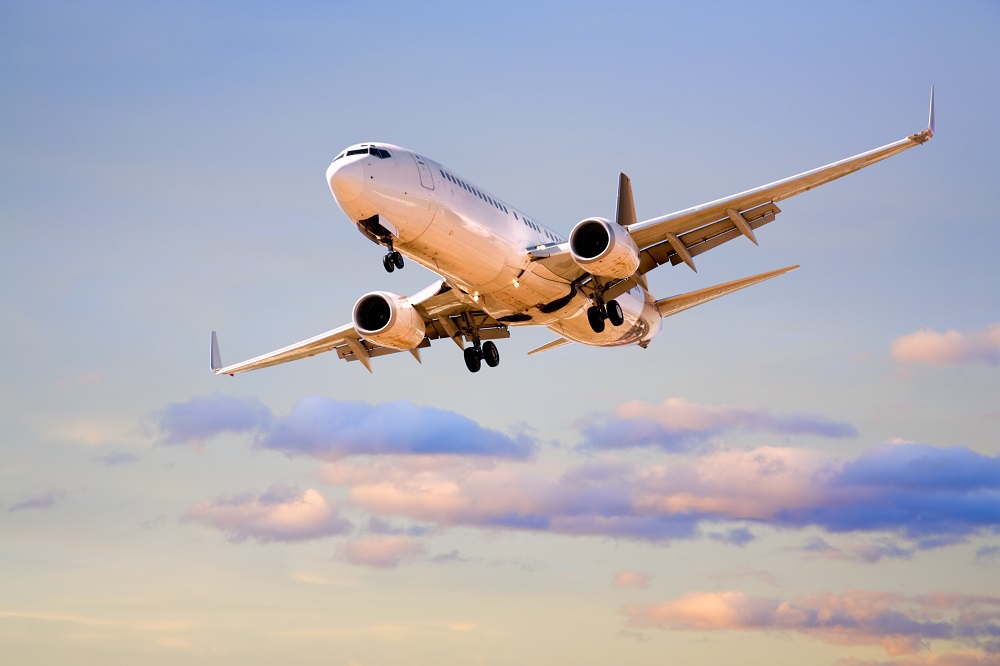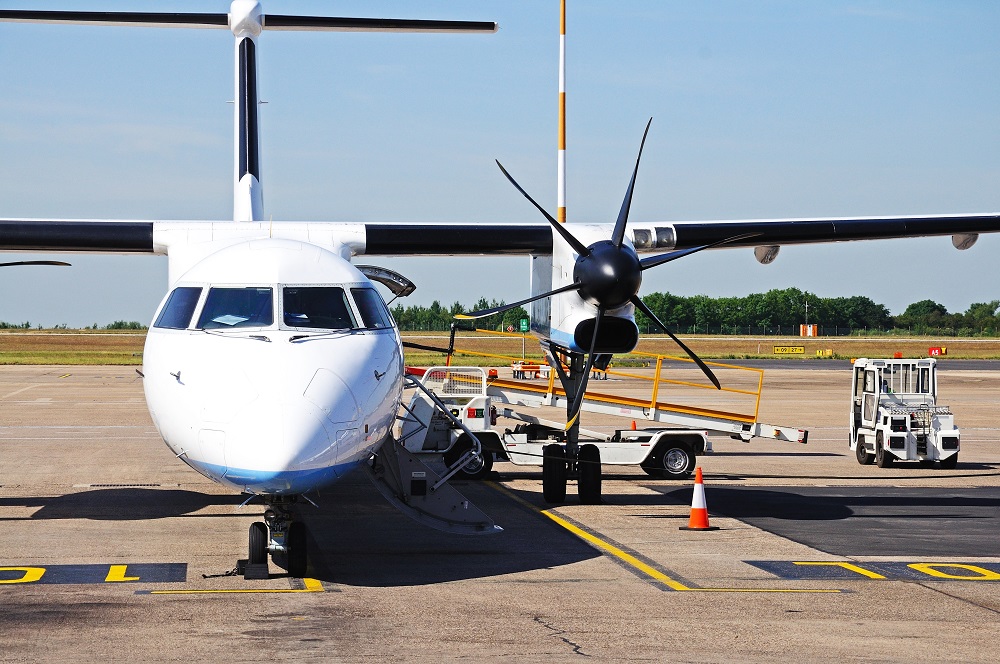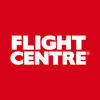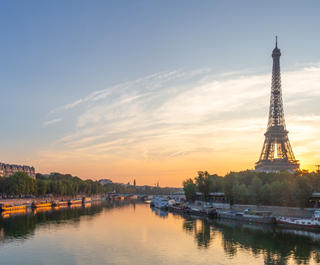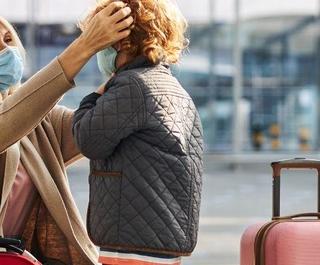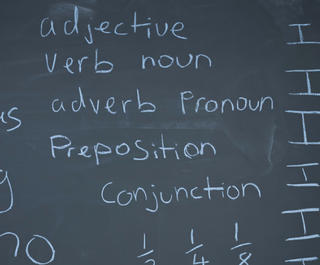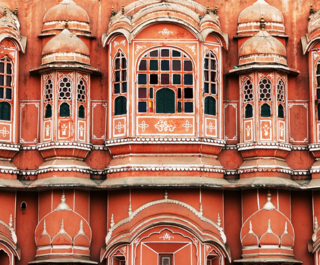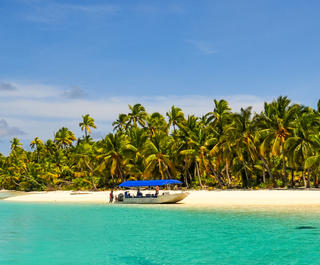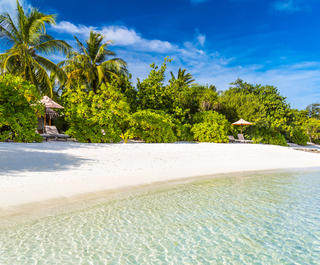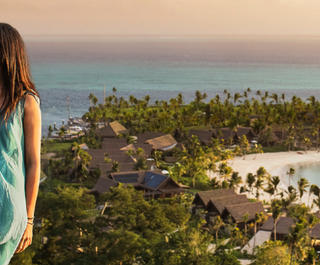
Fri, 01/07/2016 - 2:30pm
Read Time: 3.6 mins
Much like cars, aircraft come in all shapes, sizes and models, with a varying degree of mod-cons. Read our blog to get to know your 747s from the 777s, along with some fun plane facts!
Long Haul Aircraft
A340
- The A340 is a long-range, wide-body aircraft primarily used by Lufthansa, Virgin Atlantic, Emirates, South African Airways and SWISS.
- The A340 is no longer in production as it has been superseded by the Airbus A350.
Dreamliner 787
- The 787 senses turbulence and can automatically adjust its wingcontrol surfaces for a smoother ride.
- Lower cabin pressurisation results in higher humidity to help reduce the effects of jetlag.
- The 19-inch windows are 65 percent larger than standard aircraft and can be dimmed by cabin crew during takeoff and landing.
- Originally, the 787 was to be called the 7E7 (the ‘E’ stood for efficiency), but Boeing chose to stick with tradition.
- An empty 787 weighs almost 117,617 kilograms – or 29 elephants!
A350
- At over 16 metres high, the A350 is almost the height of a five-storey building!
- As of 2014, 39 different airlines have purchased a total of 812 Airbus A350 XWBs.
- More than 16 million colour combinations and moods can be created by the full-LED lighting system!
- HD video is available for all passengers, including in economy.
- An Air Management System changes the air every two to three minutes, ensuring a draft-free environment and consistent temperature.
Boeing 747
- 5 billion people – almost half of the planet’s population have flown on a 747!
- The upper deck of a 747 has the same square metreage as a 737.
- The Wright brothers could have fit their historic first flight entirely within the 45-metre economy section of a 747!
- Complete with two cabin aisles, the 747 was the first wide body aircraft ever produced.
- Since 1969, 1,494 Boeing 747 have been built, with the main users being Qantas, British Airways and United Airlines.
Boeing 777
- Typically referred to as the ‘Triple Seven’, it is the world’s largest twin jet aeroplane.
- More than 50 carriers utilise the 777, including Virgin Australia, Delta Air Lines, United Airlines, Emirates, Air France, Cathay Pacific, Singapore Airlines, Thai Airways and Etihad Airways.
- A lightly loaded 777 can accelerate from zero to 96 kilometres per hour in less than six seconds.
- The first 777 entered service on June 7, 1995.
A380
- The Airbus A380 is the world’s largest commercial passenger aircraft with the ability to carry over 800 people in an all-economy seating configuration.
- The A380 is 72.7 metres long, 24.1 metres high and boasts an 80-metre wingspan.
- The aircraft weighs 580 tonnes and boasts a cargo space of 3,000 suitcases.
- It takes approximately 3,600 litres of paint to coat the exterior of the aircraft – enough for Michelangelo to paint the ceiling of the Sistine Chapel 97 times!
Medium Haul Aircraft
Boeing 737
- The Boeing 737 family of aircraft is considered the world’s most popular form of commercial jet transport.
- A next-generation 737’s overhead bins hold up to 50 percent more baggage, resulting in faster boarding.
- Boarding and exiting the aircraft can take longer than a wide-body aircraft due to the single aisle.
Airbus A320
- The A320 first flew in 1984 and was commercially launched in 1988. It sold strongly from the outset and has been the fastest selling airliner in the world for several years.
- The largest operators of the A320 family of planes are US Airways, easyJet, China Southern, China Eastern, Lufthansa and United Airlines.
- The A320 was a technical trailblazer, introducing technology where control inputs from the pilot are transmitted to the flying surfaces by electronic signals rather than mechanical means.
- The Airbus A320 seats up to 179 passengers in a single-aisle format, with three lavatories on board (one reserved for business class).
A330
- The longest non-stop A330 flight is the Delta Air Lines’ Detroit-to-Beijing service covering 10,672 kilometres over 14 hours and 10 minutes.
- The shortest scheduled A330 operation is the Hong Kong-to-Guangzhou Dragonair flight, travelling 118 kilometres in 50 minutes.
- The A330 is used by more than 100 airlines, flying to over 400 destinations around the world each week.
- An A330 can carry a combined 112,000 kilograms of passengers, freight and fuel in total.
Short Haul Aircraft
Dash 8
- The Dash 8 has a flight crew of two and offers standard single class seating for 50 passengers at four abreast with an 81-cm seat pitch.
- The shortest scheduled air service using this aircraft is with Island Air, from Molokai to Lanai in Hawaii, taking just 10 minutes to travel 43 kilometres.
- Two of the largest operators of the aircraft globally are Air Canada Express and Qantaslink.
- Large carry-on bags will need to be stowed in the cargo hold.
ATR72
- Passengers are boarded using the rear door as the front door is reserved to load cargo.
- The shortest scheduled air service using this aircraft is with Air Tahiti, from Papeete to Moorea, taking just 15 minutes to travel 18 kilometres.
- A tail stand must be installed when passengers are boarding or disembarking in case the nose lifts off the ground, which is common if the aircraft is loaded or unloaded incorrectly.
- Large carry-on bags are mostly restricted to the cargo hold, so be sure to check any oversized bags.
Embraer 190
- This aircraft carries 100 passengers in a two-class arrangement or up to 124 in a single-class, high-density configuration.
- The largest operators of this aircraft include Air Canada, JetBlue, KLM and Virgin Australia.
- The jet engines produce less noise, enabling them to fly into airports with noise restrictions, such as London City Airport.
- Utilising a four-abreast seating arrangement, the aircraft has a unique ‘double bubble’ design, which provides greater standing head room.
Boeing 717
- The 717-200 twinjet was specifically designed for the short-haul, high-frequency airline market.
- The 100-seater was initially named the McDonnell Douglas MD-95 and was renamed the Boeing 717 after McDonell Douglas and Boeing merged in 1997.
- Until production ended, Boeing built 156 717.

